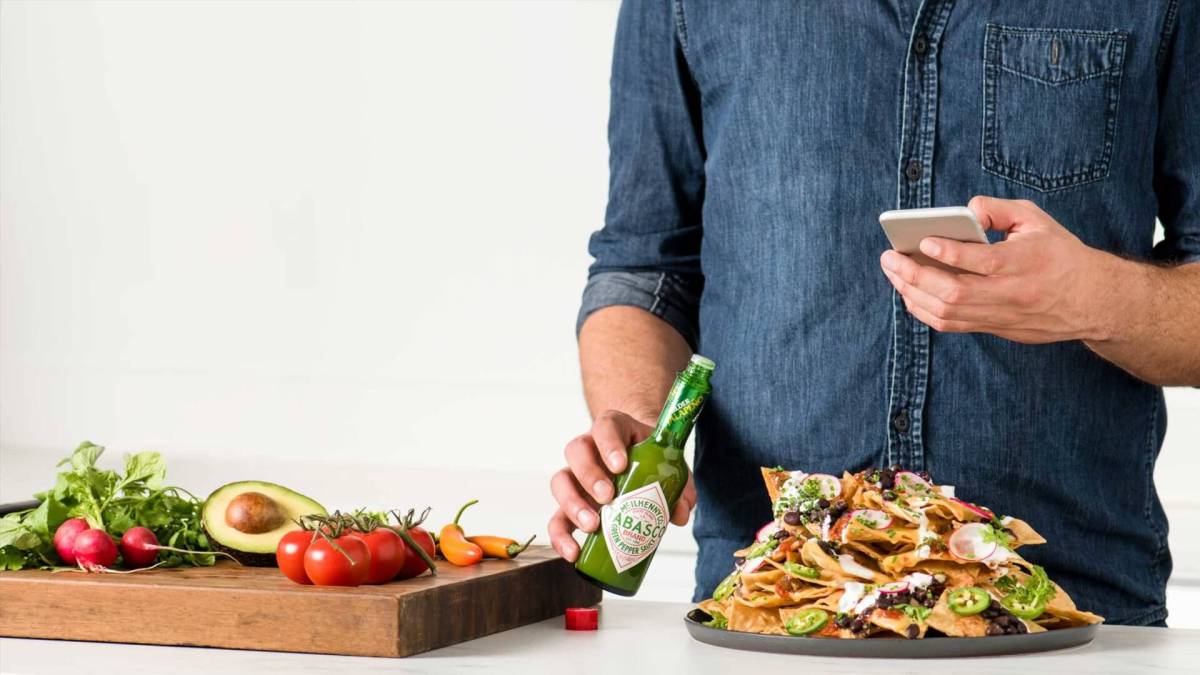We’ve all got a bottle of it in the pantry, ready and waiting to add some punch to a meal. TABASCO® Sauce is one of the few kitchen staples that has lasted the test of time — from 1868, to be exact.
But few know how deep the roots run for the hot sauce empire. Hospitality magazine spoke to Gary Evans, international corporate chef for TABASCO® Brand, who dishes on everything from how the legendary sauce is created to its unique flavour profile and how sustainability has always run thick and fast through the company’s blood.
Edmund McIlhenny is the banker who started it all. After his banks were destroyed during the American Civil War, his career crashed and burned and he was left without a dime. Edmund went on to marry his friend’s daughter and moved to Avery Island, Louisiana, which was owned by her family — now up to its sixth generation and containing 150 members, give or take.
Since the beginning, TABASCO® Brand has been a family affair and production remains on the island. A large number of family members live and work on the island, picking the plants and taste-testing every barrel to ensure TABASCO® Sauce continues to live up to its reputation.
The process of making the hot sauce is longer than you may think, undergoing years of fermentation before coming close to bottle-form. “It’s a very unique process,” says Gary. “We have our own peppers, which are tabasco, and we grow them from seed. Every single plant we grow today is related to the first plants grown by Edmund — so it’s what we call an heirloom plant.”
Although TABASCO® Brand grows plants on Avery Island, they also send seeds to farmers in Mexico, Ecuador, Peru and Honduras to ensure a constant supply of seeds and navigate the reality of peppers ripening at different times.
“Most of the peppers we grow are from Central and South America — there’s not enough land on Avery Island,” says Gary. “Family members go out in the fields during harvest time and pick the strongest plants, which are the ones we keep for seed to be used for the following year. We have three bank vaults which are full of seeds.
“The seeds are sent down to Central and South America to the farmers who have been working with us for generations. Every pepper is picked by hand and crushed on the same day they’re picked before being shipped back to Avery Island.”
After the peppers are harvested, they’re crushed to a mash-like consistency and a small amount of salt is added to prevent mould from growing. There’s generally enough mash to make between 80 and 90 barrels from a season, and the company opts to use white oak ex-bourbon barrels where the char is removed and stainless-steel rings installed. The mash fermented in the barrels for three years, in line with Edmund’s original process.
To maintain strict quality control, a family member checks every barrel during the fermentation process, despite the fact the mash is 10 times hotter than the finished product. “After they’ve been checked, we empty the barrels into large colanders and drain away the excess pepper juice. During the three years, we lost 25 to 35 percent of the product through evaporation,” says Gary. “Once the juice has been drained, we put it into large tanks and add vinegar. It’s then stirred for up to 28 days where the vinegar is infused with the pepper mash.”
After 28 days is up, the mixture is strained four times to take out the seeds, skins and large particulates and moved into the factory to pump out the sauce. “We have 76 mixing tanks and can make up to one million bottles a day,” says Gary, “but on average, it’s 750,000 to 800,000.”
The TABASCO® Sauce circle of life is incredibly sustainable, with nothing going to waste, but it’s always been that way for a company that has never strayed from tradition. “On Avery Island, their saying is that the land has been good to them so they are good to the land,” says Gary. “But they’ve been doing the whole sustainability thing for 150 years. Why do we need to shout about it? It’s in the culture.”
After three-plus years, the finished product is nothing short of unique, boasting an acidic — bordering on sour — taste that’s a direct result of the fermentation process teamed with the vinegar selection. “It can be very sharp if you just took a spoonful,” says Gary.
“But I like to tell people to use it the same way you would use salt. Just like salt, when you add it to food and the cooking process, it takes on a different role. It’s almost like an umami effect and helps bring out the flavours of ingredients. It helps lift the dish without adding an overwhelming spice — you can put TABASCO® Sauce in anything and everything.
At the end of the day, TABASCO® Sauce is an “infused vinegar”, as Gary calls it. Deceptively simple, there’s a reason why the famous red sauce has stuck around for so long, and it has everything to do with the care that’s exacted from start to finish.

